Bachmann 31-911SF H1 Atlantic 2038'Portland Bill' SR Malachite Green DCC Sound
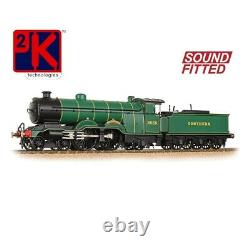
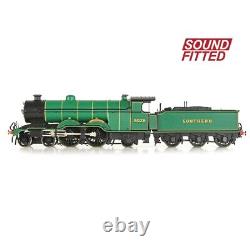
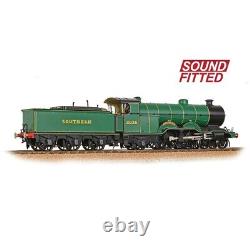
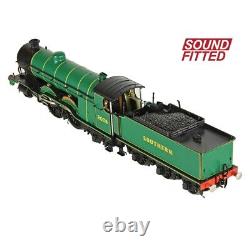
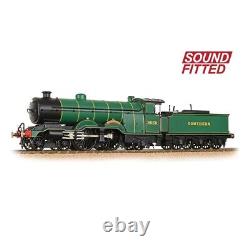
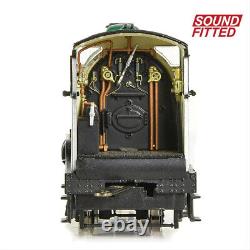
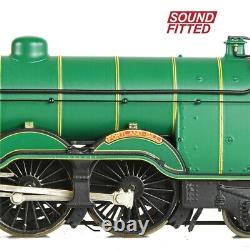
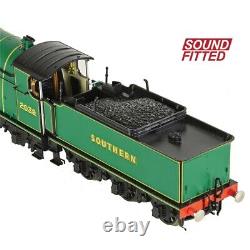
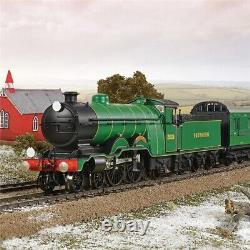

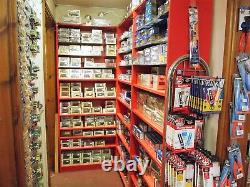
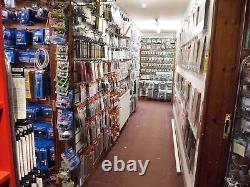

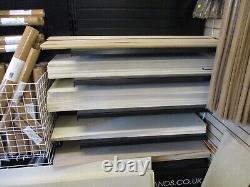


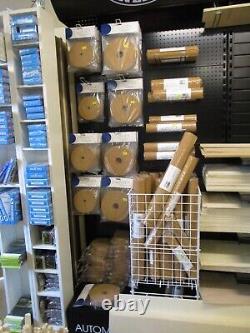


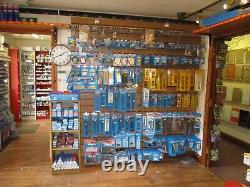



Bachmann 31-911SF H1 Atlantic 2038'Portland Bill' SR Malachite Green DCC Sound Fitted. Bachmann 31-911SF - London, Brighton and South Coast Railway - H1 Atlantic 2038'Portland Bill' - Southern Rail Malachite Green - DCC Sound Fitted. We are delighted to bring you this. 2038'Portland Bill' in SR Malachite Green livery. This era 3 model incorporates a wealth of fine detailing, accurately capturing the features of the H1 Class and highlighted by its colourful livery.
An accessory pack is supplied with the model which includes etched nameplates, vacuum pipes, Screw-link couplings, route indicator discs and cab doors. Model features realistic braking sounds, drain cocks and whistles; whilst a function for normal or heavy load has also been included, see full details of the sound functions below.
Pristine SR Malachite Green livery. Accessory Pack - including'Portland Bill' etched nameplates. See below for function list.
F1 - Sound (On / Off). F3 - Cylinder Drain Cocks. F4 - Single Whistle (Speed Related).
9F - Flange Squeal (Speed Related). F12 - Water Tank Filling. F14 - Light Engine Mode.F15 - Fade All Sounds. F16 - Guard's Whistle. F17 - Auto Wagon Buffering. F22 - Medium Duration Swell Whistle. F23 - Long Duration'Played' Whistle.
F24 -'Clear from the Guard. F25 -'Going Under, Charlie.F26 - Guard to Driver Instructions. Marsh left the Great Northern Railway to take office with the London Brighton & South Coast Railway (LB&SCR), there was an urgent need for new larger passenger locomotives to work on the London-Brighton express route. Marsh obtained a set of drawings for H. Ivatt's Atlantic from Doncaster and modified them before commissioning Kitson & Co.
To build five H1 Class 4-4-2 Atlantic Locomotives. Built between 1905 and 1906 and delivered simply in grey primer, each locomotive was subject to a thousand-mile trial before they were painted in the LB&SCR's'burnt umber' livery with gold lining and numbered 37 to 41. Initially registered as a class B5, it wasn't until January 1907, sometime after the last of the five was received, that this classification was revised to H1.
Marsh's modifications meant that the design differed from the better-known Ivatt Atlantic's by having a 2-inch longer piston stroke and a higher working boiler pressure, raised from 175lb to 200lb per square inch. The resulting locomotives were a little livelier as they had extra torque, which was needed to combat steep climbs away from many stations on the LB&SCR network. The only H1 Atlantic to carry a name during the LB&SCR era was No.
39 - from June 1913 to January 1926 it carried the name'La France' as it was to be used to pull a train for the French President during his second official visit. It was at this time that they were all given names highlighting geographical features from the south coast. Between 1935 and 1937 the locomotives were altered to suit the composite loading gauge but with the onset of World War Two their work dried up as cross-channel ferry services were suspended. Two of the five were withdrawn in 1944 and the remaining three survived long enough to see service with BR, by July 1951 the H1 Atlantic's had all been withdrawn from service after 46 years on the rails.

